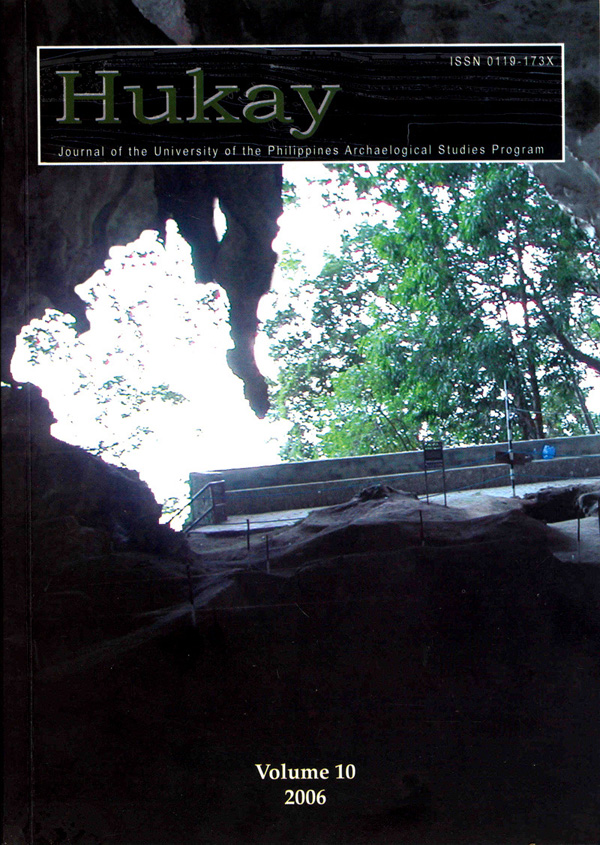Tracking the Early Human Migration into Island Southeast Asia
Abstract
Globalisation probably started when modern humans ventured across land and sea, and populated the world. The region we now call Southeast Asia was possibly populated by modern humans at around 50,000 BP or earlier. When and how early modern humans reached Island Southeast Asia have been problematic. The reason for this is that archaeological visibility for sites during this time period is scanty. Most of the sites during the Upper Pleistocene in and around the Sundaland became submerged when the sea level rose at the beginning of the Holocene period. This paper presents current archaeological literature in the Mainland and Island Southeast Asia and new archaeological research in north-eastern Luzon in order to trace the movement of people. Archaeological record of Mainland Southeast Asia during the Upper Pleistocene (40,000-28,000 BP) shows the predominance of flake tools. But during the Terminal Pleistocene to Mid Holocene (18,000-6000 BP) there was a drastic change towards the predominance of pebble tools called Hoabinhian stone tools.
A different story can be seen in Island Southeast Asia, the flake tool assemblage persisted from the Upper Pleistocene to the Mid-Holocene period. No Hoabinhian type stone implement has been found in Island Southeast Asia except in Formosa (15,000 BP). Human migration into Island Southeast Asia might have occurred during the Upper Pleistocene when the flake tool technology dominated in Mainland Southeast Asia. This migration into the islands is a punctuated event rather than a continuous migration and interaction between Mainland and Island Southeast Asia. If there were continuous interactions, then we would have seen the spreading of Hoabinhian type stone implements into Island Southeast Asia, which we did not. The beginning of interaction between communities and formation of network commenced when a new group of people ventured out, bringing with them a different subsistence strategy and cultural materials during the Neolithic period.



